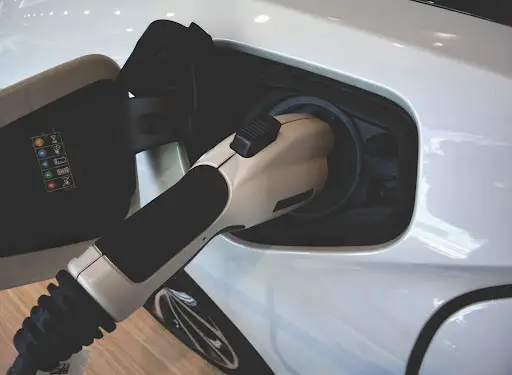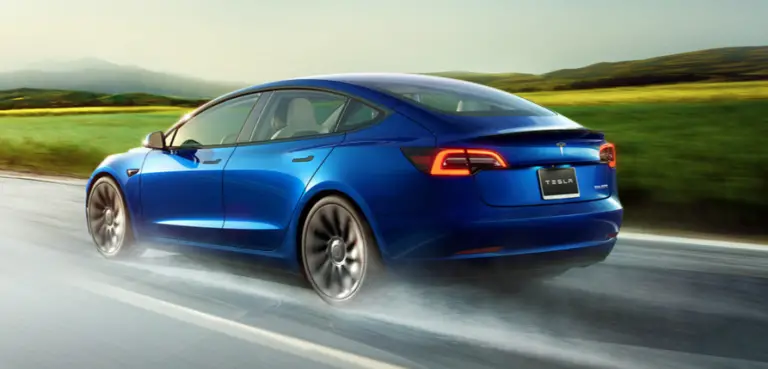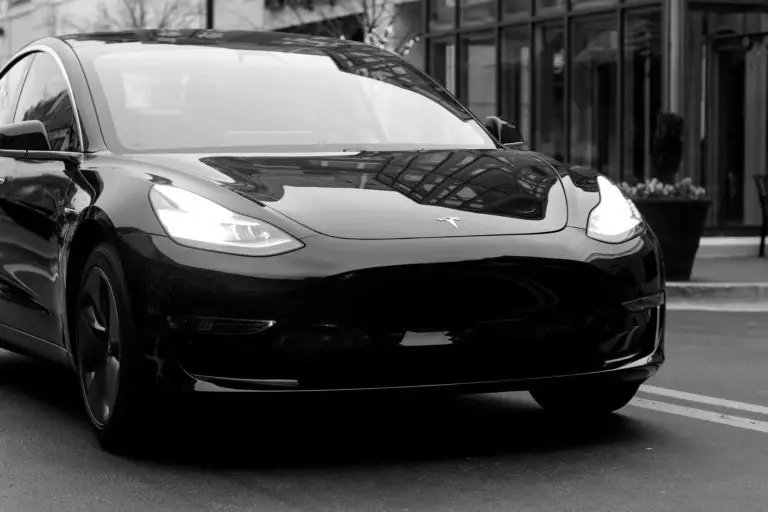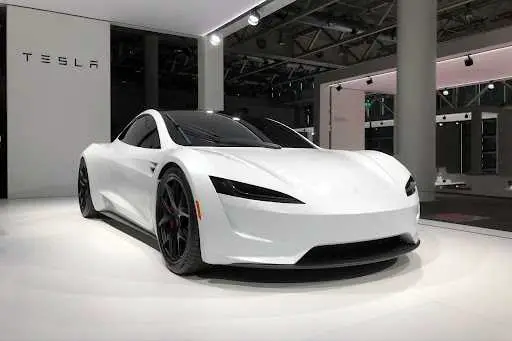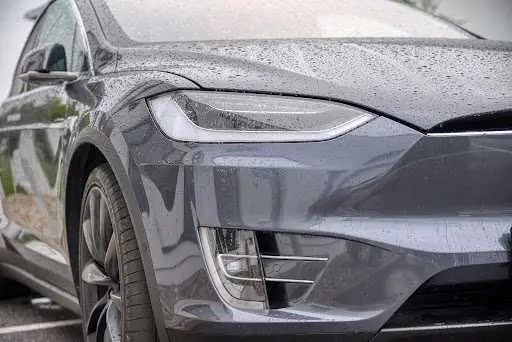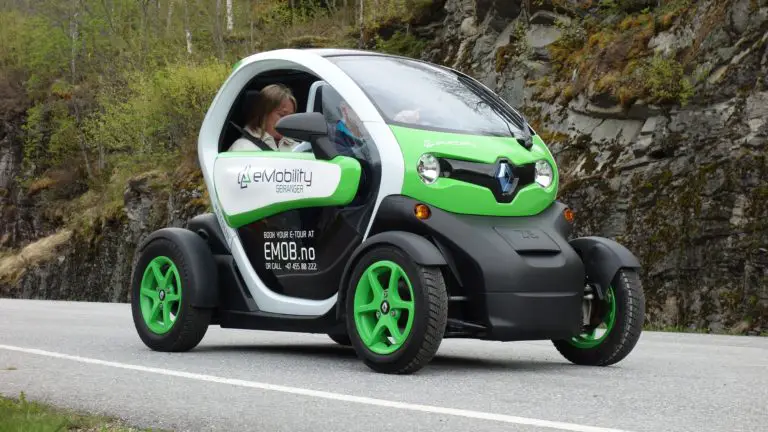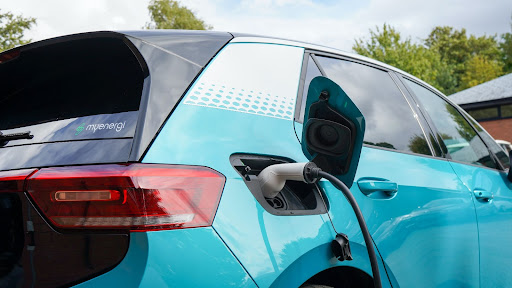Electric Car Won’t Start: How To Fix It
Electric cars are taking the world by storm with high-tech components and features that make them highly reliable and great alternatives to ICEs. However, this reliability doesn’t mean nothing ever goes wrong with them. For example, your EV may suddenly refuse to start, and you can’t figure out why.
Here’s what to do when your EV doesn’t start:
- Reboot your car
- Use a different way to start the car
- Check for updates
- Look for car-specific problems
- Check the main battery
- Check the 12V battery
Depending on the severity of the problem, you can do some of these solutions independently without risking the safety of the car or yourself. However, some are more serious and require special care and repair at a service center. Read on for more details regarding these issues and how you can resolve them.
Table of Contents
- Reboot Your Car
- Use a Different Way To Start the Car
- Check for Updates
- Look for Car-specific Problems
- Check the Main Battery
- Check the 12V Battery
- Final Thoughts
Reboot Your Car
Many electric cars have so many complicated electronics that a temporary glitch can prevent the car from starting. Elon Musk, Tesla’s CEO, has dubbed Tesla cars mobile phones on wheels. If we accept this analogy, we can treat these glitches like we do on a cellphone.
In such cases, the first thing that we do is reboot the device to remove any insignificant issue underlying the problem. So, you can do the same with your EV. More often than not, the underlying problem may not be that serious, and you can address it through a simple reboot.
Each EV has its own way of rebooting, so refer to the user manual, reboot the car based on the instructions, and wait for 15 minutes, and restart your car.
Use a Different Way To Start the Car
Most EVs offer different ways to unlock/start the car, including a mobile app or a key fob. So, if you try to start the car with one method and it doesn’t work, try another one.
If you try starting the car with your key fob and it doesn’t work, it may have a dead battery. You can make sure by trying another way and replacing the key fob’s battery.
Another problem with the key fob is when you leave it in the car for too long without starting it. That’s because when the key fob is inside the car, it communicates with the car constantly, reducing its battery charge.
As a result, the transponder gets deactivated to prevent this battery drain, and the car doesn’t start. It has a simple solution though; all you need to do is to lock/unlock the car using the key fob to make the transponder engaged again.
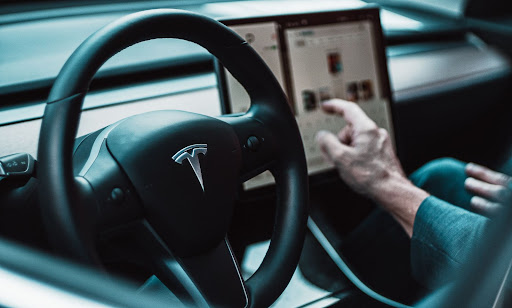
Check for Updates
EV manufacturers regularly release updates to improve the vehicles’ functions and solve their issues. Sometimes these updates cause further problems instead of solving them. In such cases, many owners report the same problem.
In other cases, your car may have failed to install the updates successfully. Or, the battery drained while the car was trying to update. These cases are minor issues that you can solve by recharging the battery and installing the updates again. Go to your car’s mobile app and push the new update to see if it solves the problem.
Look for Car-specific Problems
In some cases, your EV won’t start because of an issue unique to that specific brand or model, and it can’t be found in all EVs. In such cases, you have to call your service center.
For example, a faulty MCU has been a common issue among Tesla cars. That’s why when a Tesla car refuses to start, owners suspect a problem in MCU. A few years ago, many Tesla owners reported that their touchscreens didn’t work, the car wouldn’t start or took too long to start, and the screen froze.
Finally, it turned out there was a problem with the MCU, specifically the Multi-Media-Card memory inside the MCU, that caused the problem. Owners replaced their MCUs, and Tesla released new updates to address the issue.
Some of these problems may even be in your car from the factory. That’s particularly the case if you have a new car. Although it’s rare, things could happen.
So, when your car doesn’t start, call your service center or talk to other owners to see if they’ve experienced similar issues before taking drastic measures to solve your problem.
Check the Main Battery
Different things may go wrong with the battery, including:
A Dead Battery
If you had a regular ICE car, the first reason that would come to your mind was a dead battery. However, that’s rarely the case with EVs.
While electric vehicles have highly reliable batteries and a lifespan of 10-20 years, they may get damaged for different reasons. One of them is long use; over time, batteries gradually lose their ability to hold a charge and fully charge, just like your cellphone battery.
However, these issues don’t make your battery go dead, and that’s why a bad or dead battery is one of the least likely causes of an EV not starting.
When a battery approaches its last days, the car will warn you to prevent such problems. However, if you want to ensure the battery isn’t the culprit, you need to take it to a service center approved by your car’s manufacturer. Worst case scenario, you’ll have to replace the battery, which can be a costly replacement.
How to Prolong an EV Battery’ Life
Bad charging habits are one of the main reasons that reduce the lifespan of your battery. Since most EV batteries are lithium-ion types – the same batteries used in cellphones – you should do similar things to prolong their lifespan. To prevent these problems, consider the following precautions.
Don’t charge it to 100%. Lithium-ion batteries work best when they’re between 20%-80% of charge. If you drain it to 0% or fully charge it to 100%, you’ll reduce its capacity. While your car doesn’t limit the possibilities of reaching 0% or 100% of charge by warning you, the battery can get damaged if you do so. Charging a battery from 0% to 100% can only happen 500 times, which means your battery life will be reduced considerably.
Don’t charge it too often. Although you should keep your battery charge between 20%-80%, you should only charge it whenever it’s necessary. Whenever you charge your battery, you’ll place lots of stress on it. So, it’s better to avoid charging it every night to extend its life.
Pay attention to its charge during storage. When your car is parked for a long time, you don’t need to charge it to full or drain it to zero. These battery states lead to degradation. The best charge range for a parked state is 25%-75%. Since EVs lose 1% of their battery charge every day, you should ensure your car isn’t parked long enough to reach below 25%.
Don’t expose it to hot temperatures. Car batteries may experience reduced performance or degradation under extreme temperatures. Although very cold temperatures can make the battery drain faster, it doesn’t affect its longevity. However, hot temperatures can. So, always ensure it’s not exposed to more than 70 degrees C (158 degrees F).
Other Problems Within the High Voltage Battery
Sometimes the problem isn’t due to bad handling or maintenance. Instead, it’s something you can’t control and even find out by yourself. That’s why after ruling out the simpler issues, you should call your car service center and ask them to check your car remotely.
Problems such as bad wiring inside the battery aren’t unheard of, and you can’t fix them on your own. In some cases, even the service centers can’t solve the issue, and the only option is a replacement. You should tow your car, take it to the service center, and replace the batteries.
Check the 12V Battery
In addition to the main battery pack, every EV has a 12V battery like those found in ICE cars. However, it’s also unlikely to be the culprit because the car will warn you if it senses signs of degradation. But if that’s the problem, you need to jumpstart the battery.
However, before jumpstarting your battery, try disconnecting and reconnecting the battery cables and see if it solves the problem. Many EV owners have reported that they could run the car using this solution.
Jumpstarting an EV 12V battery isn’t different from jumpstarting a regular car’s 12V battery. However, the exact steps for each EV model may be different, especially locating the main charging points.
And it’s essential to know that you should never use another EV to jumpstart your car because the charging points aren’t for charging another vehicle; they’re for charging the EV itself.
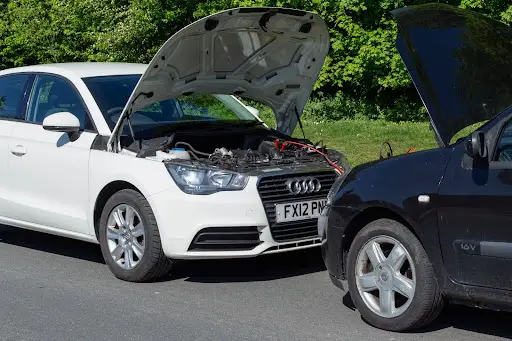
- Wear safety gloves and even protective glasses to ensure safety.
- Make sure the EV isn’t connected to a charger, or you’ll run the risk of damaging your car and hurting yourself.
- Place the cars near each other so that you can connect them through wires, but they shouldn’t be in contact with one another.
- Put the two vehicles on the parking brake and turn off all the accessories and lights.
- Refer to your EV’s user manual to find the 12V battery as different carmakers put them in different locations.
- Locate the positive terminal on both vehicles, take the positive cable (the red one) and connect one end to your EV and the other to the booster car’s positive terminal.
- Do the same for negative clamps using the negative (black) cable.
- Ensure the clamps are in full contact with the charging points and battery terminals and that the cables aren’t touching any moving parts.
- Start the booster vehicle and wait for about 20 minutes until the dead battery gets charged.
- Start your EV to see if jumpstarting has solved the issue.
Make sure to take all safety precautions because 12V batteries contain acid, which can be a safety hazard if things go wrong.
Final Thoughts
Since electric cars don’t have as many moving parts as regular vehicles and feature high-tech components, they’re more reliable than ICEs. However, problems like the car not starting may frequently happen across all brands and models.
Most of the time, rebooting the car will do the trick. Other solutions include using a different way to start the car, checking the high voltage and 12V batteries, and calling the service center to ensure it’s not affected many cars of the same brand.
Amazon and the Amazon logo are trademarks of Amazon.com, Inc, or its affiliates.

